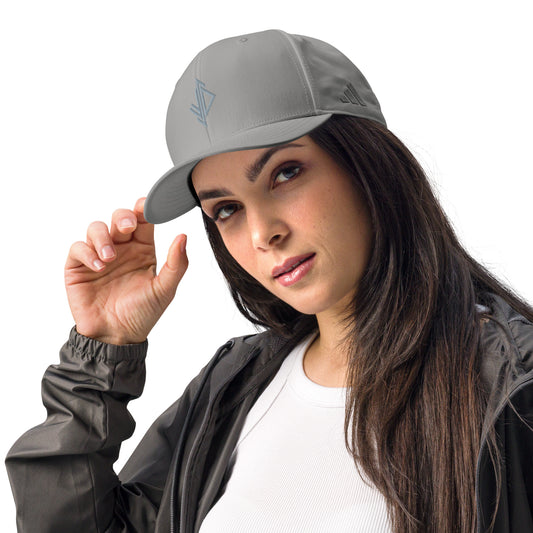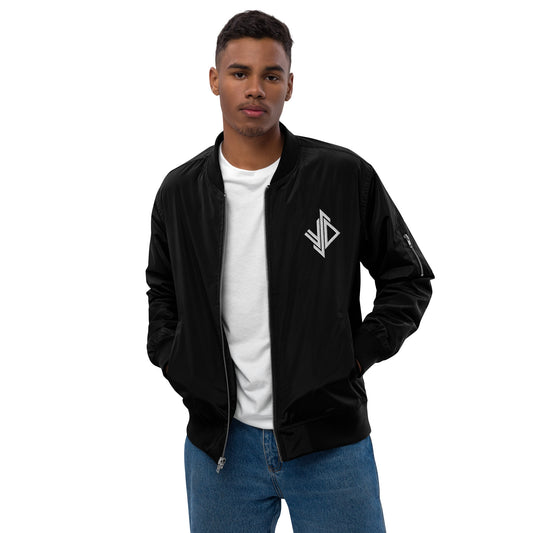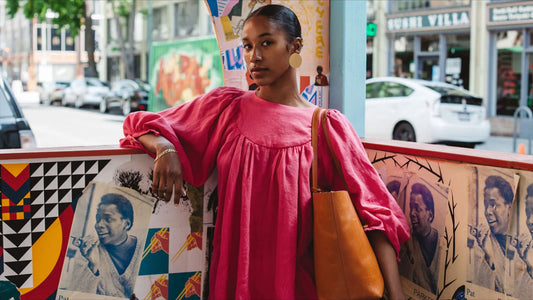
The Rise of Gender-Neutral Fashion and Its Impact
Fashion has always been a reflection of society’s evolution. In recent years, the industry has undergone a profound transformation, moving away from rigid gender norms and embracing fluidity. Gender-neutral fashion is no longer a niche concept but a significant movement that is reshaping modern streetwear and the global apparel market.
The Shift Towards Gender-Neutral Fashion

For decades, fashion has been categorized into distinct male and female sections, reinforcing traditional norms. However, with the rise of progressive social movements, cultural shifts, and a new generation of consumers demanding inclusivity, the industry is rethinking its approach.
A report from McKinsey & Company highlights that over 50 percent of Gen Z consumers shop outside of their assigned gender category. This trend signifies a shift in mindset where clothing is seen as a tool for self-expression rather than a marker of gender identity.
How Gender-Neutral Fashion is Transforming Streetwear

Streetwear has always been a space for rebellion and individuality. Unlike high fashion, which often follows structured rules, streetwear thrives on breaking conventions. The adoption of gender-neutral designs in this sector has led to a surge in oversized silhouettes, unisex tailoring, and versatile styling.
Many brands, from independent labels to established names, are now producing collections that transcend traditional gender norms. Labels like Telfar, Collina Strada, and even mainstream brands such as Adidas and Nike are championing the movement by creating apparel that speaks to all identities.
The Market Impact of Gender-Neutral Apparel

According to Allied Market Research, the global gender-neutral fashion market is projected to reach $3.2 billion by 2030, growing at an annual rate of 6.5 percent. This growth is driven by consumer demand for more inclusive options and the shift towards ethical production practices.
Key factors driving this growth include:
- Consumer Preference– Younger consumers prioritize individuality over conformity and are more likely to support brands that align with their values.
- Social Media Influence – Platforms like TikTok and Instagram have propelled gender-neutral fashion into the mainstream, with influencers and celebrities showcasing versatile styles.
- Retail Adaptation – Many retailers are eliminating gendered sections, opting instead for fluid collections that cater to a diverse audience.
The Role of Data in Gender-Neutral Fashion Trends
To better understand the impact of gender-neutral fashion, let’s analyze some key statistics. The following graph highlights the steady rise in online searches for gender-neutral fashion over the past five years:

This data underscores how interest in non-binary fashion choices has grown exponentially, especially among younger demographics.
Additionally, a recent survey by Statista reveals that:
- 45 percent of Millennials and Gen Z prefer unisex clothing options over gendered fashion.
- 62 percent of fashion consumers believe brands should offer more gender-neutral clothing lines.
- 39 percent of major retailers have already incorporated gender-neutral sections in their stores.
The Intersection of Sustainability and Gender-Neutral Fashion
Another key driver of this trend is sustainability. Many gender-neutral brands are focusing on ethical sourcing, organic materials, and slow fashion principles. By eliminating gendered collections, brands can reduce waste and improve efficiency in production.
The unisex approach often promotes minimalism, with consumers investing in timeless pieces rather than trend-driven fast fashion items. Brands like PANGAIA and Stella McCartney are leading the charge, proving that inclusivity and sustainability can coexist in modern fashion.
Challenges Facing Gender-Neutral Fashion
Despite its rapid growth, gender-neutral fashion faces challenges. Some of these include:
- Retail Resistance – While some brands embrace change, many traditional retailers still categorize clothing into strict men’s and women’s sections.
- Sizing Issues – Creating a truly universal fit is challenging, as different body types require varied tailoring approaches.
- Consumer Education– Some consumers still associate gender-neutral fashion with limited options, when in reality, it expands creative possibilities.
The Future of Gender-Neutral Fashion in Streetwear

The future of gender-neutral fashion is promising. As more brands embrace fluidity, we can expect further innovations in design, sizing, and marketing strategies. The industry is moving toward an era where clothing will be defined by personal style rather than outdated gender constraints.
Key takeaways for the future include:
- Major retailers will continue to integrate gender-fluid sections in stores.
- Sustainability and inclusivity will remain central to fashion’s evolution.
- Gender-neutral fashion will expand beyond streetwear into formalwear and activewear.
As the industry embraces change, one thing is clear – gender-neutral fashion is not a passing trend. It is a movement redefining how we view clothing and self-expression, paving the way for a more inclusive and sustainable future.








